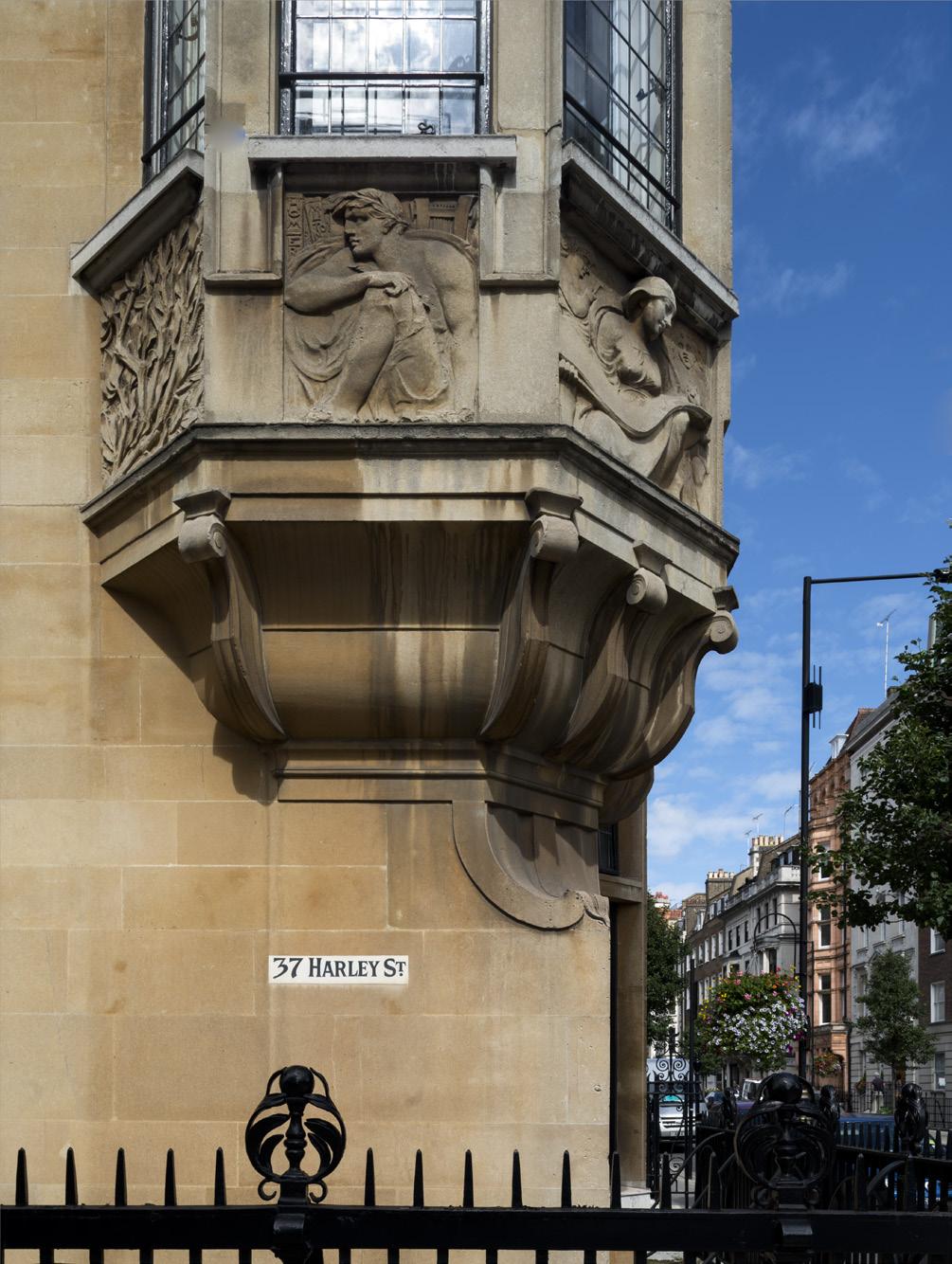
8 minute read
A healthy heart
Julian Best of The Howard de Walden Estate and Dr Brian Donley of Cleveland Clinic London discuss how the Harley Street Medical Area has become a global healthcare hub of sufficient reputation to draw one of the USA’s most influential clinics into its ranks
Words: Clare Finney
There aren’t many streets in Britain as rich in cultural and historical references as Harley Street. Like Fleet Street or Abbey Road, the name alone conjures up a colourful array of associations, from the art of JMW Turner to the Oscar-winning film The King’s Speech. Some of the great pioneers of modern medicine lived or worked on this street. Yet while this extraordinary heritage is as much a part of the fabric of the street as its beautiful buildings, in the past 10 to 15 years Harley Street has been quietly cultivating another reputation that could not be more forward-looking in its conception: being at heart of one of the most revered and respected private healthcare hubs in the world.
“This is now the largest concentration of medical premises in Europe,” says Julian Best, property director at The Howard de Walden Estate, which oversees the Harley Street Medical Area (HSMA). “It may not have that sprawling sense of scale you see in the hubs of Boston, Massachusetts, for example, but the number and quality of medical providers is growing all the time.” The reasons are, for the most part, obvious. “As part of a triangle with Cambridge and Oxford, London is a global player now in the life sciences sector,” Best continues. “That, together with first-class university teaching hospitals, has really boosted London on the medical front. The presence of so much technological innovation and groundbreaking medical research has helped build up the area’s reputation.” Then there’s London’s status as a truly global city, with its transport links, international businesses and a dynamic, richly diverse population that has also given rise to some of the best cuisine and culture in the world. And then there’s the NHS. “The NHS is the bedrock of the experience and the skills that many of the consultants working on Harley Street have gained over the years, and it’s the place that many of them still consider home.”
This year, Harley Street will become home to yet another world-leading medical institution, Cleveland Clinic, which is opening its first medical outpatient centre at 24 Portland Place in advance of the arrival in 2022 of its London hospital in Belgravia. The American clinic’s London CEO, Brian Donley MD, believes “there is a lot for us to learn from a place like London, which has such a long and rich tradition of healthcare research and innovation”.
“For a long time, London has had outstanding research institutions, great medical training, and hospitals—and the NHS has done great things,” he says, recalling his experience with the health service 14 years ago. “I was an orthopaedic surgeon before I was running this project, and I was fortunate enough 14 years ago to spend six weeks touring NHS trusts around the country. Every three days we’d go to a different trust around the UK and it was a phenomenal experience, seeing the excellence of care, the passion of the staff—and the culture, which I felt at the time was very similar to the one we have here at Cleveland Clinic, where strong teamwork enables focus to be placed on the patient’s best interest.”
A key link between the HSMA and Cleveland Clinic is their historic status. “Cleveland Clinic is 100 years old. Harley Street has been famous
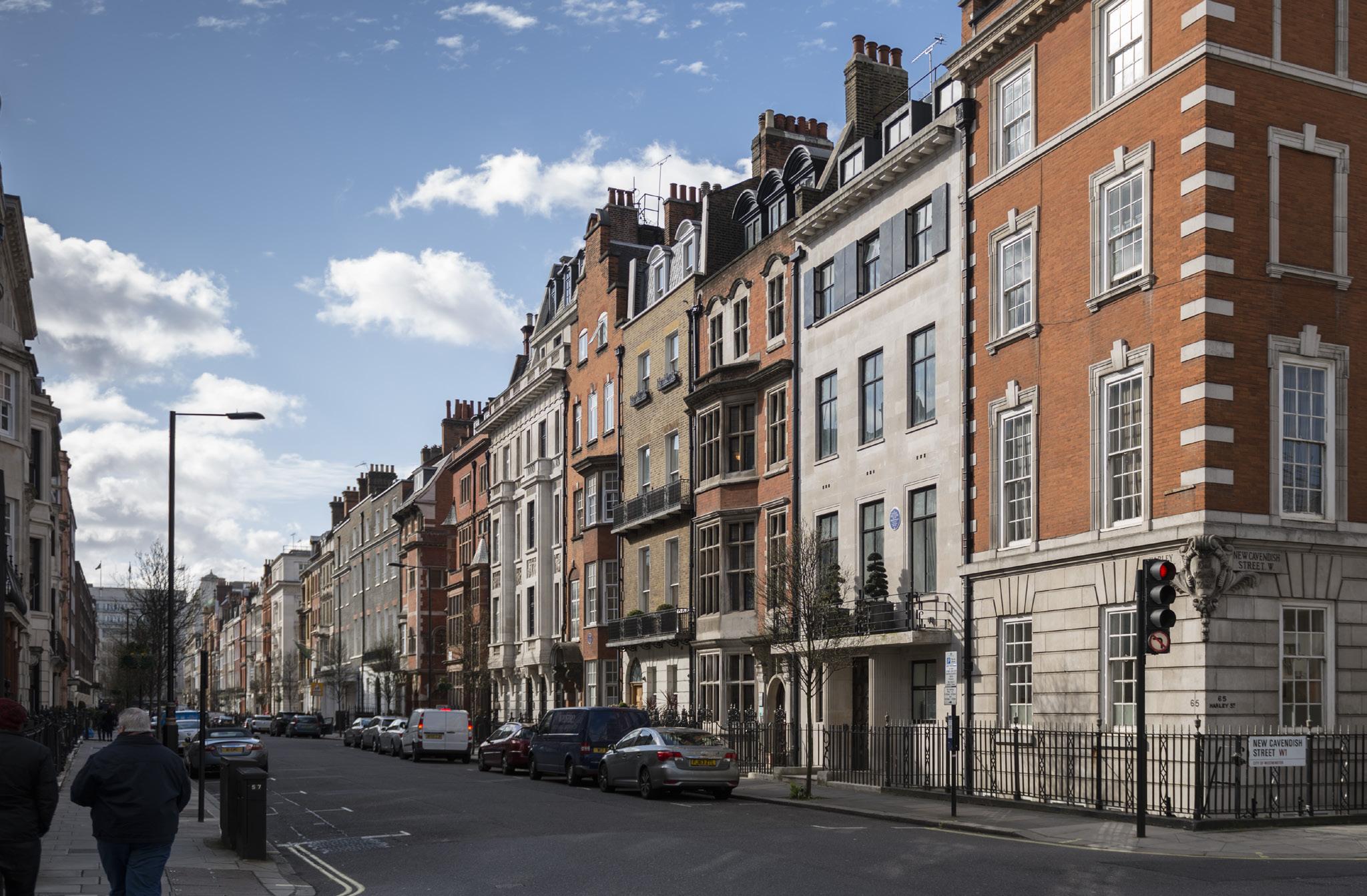
Cleveland Clinic is 100 years old. Harley Street has been famous for medicine for even longer
for medicine for even longer. Both have heritage and both are about constant innovation,” says Dr Donley. “There is a great synergy between the two brands.” While it is hard to draw a direct comparison between UK private care sector and the US healthcare systems, Dr Donley continues, “the parallel between Harley Street and Cleveland Clinic is the focus on improving the experience and life of the patient. Enhancing the expression of empathy between the physician or the nurse and the patient—that is at the core of what we’re trying to do.”
Another key similarity between the HSMA and Cleveland Clinic, and one of the main reasons for their continued growth, is a constant striving toward innovation. “Harley Street cannot sit back and think about the last 100 years—any more than we can,” says Dr Donley. “We have to focus on the next century: how we can continue to be great at giving care.” Harley Street’s venerable status might be well known in this country, “but it’s not really known internationally outside of certain medical circles,” says Best. Of course, the distinctive beauty of the period buildings will always give them an aesthetic appeal that goes beyond that of the more generically modernlooking healthcare centres—but one should not overestimate the extent to which Harley Street’s history influences the perception international patients and medical providers have of the area today.
Indeed, the historical component can occasionally work against the area. “There are still some people who associate Harley Street with less scientifically robust practices or the poorerend of cosmetic surgery, which were prominent
HARLEY STREET CANNOT SIT BACK AND THINK ABOUT THE LAST 100 YEARS—ANY MORE THAN CLEVELAND CLINIC CAN. WE HAVE TO FOCUS ON THE NEXT CENTURY: HOW WE CAN CONTINUE TO BE GREAT AT GIVING CARE

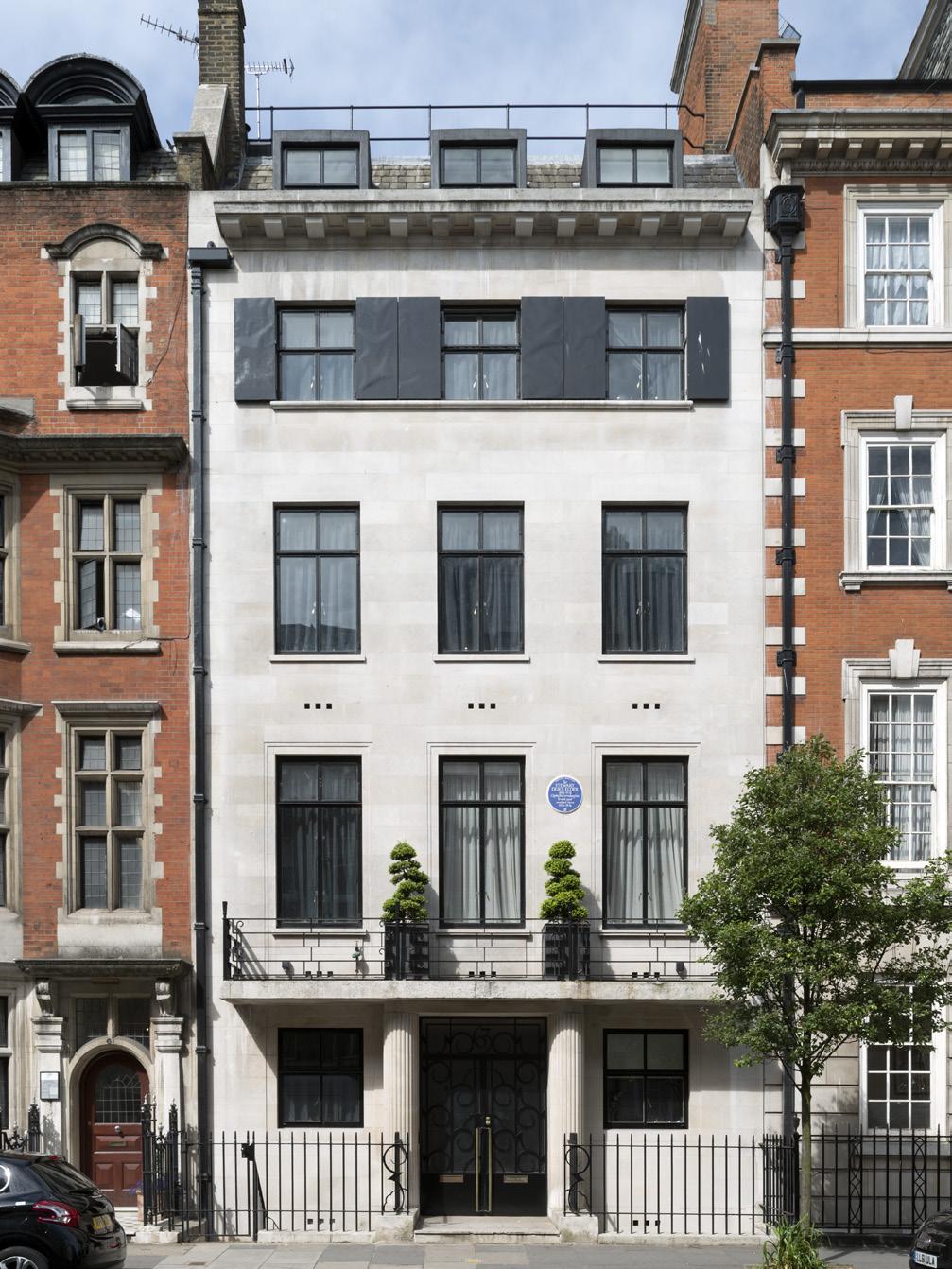
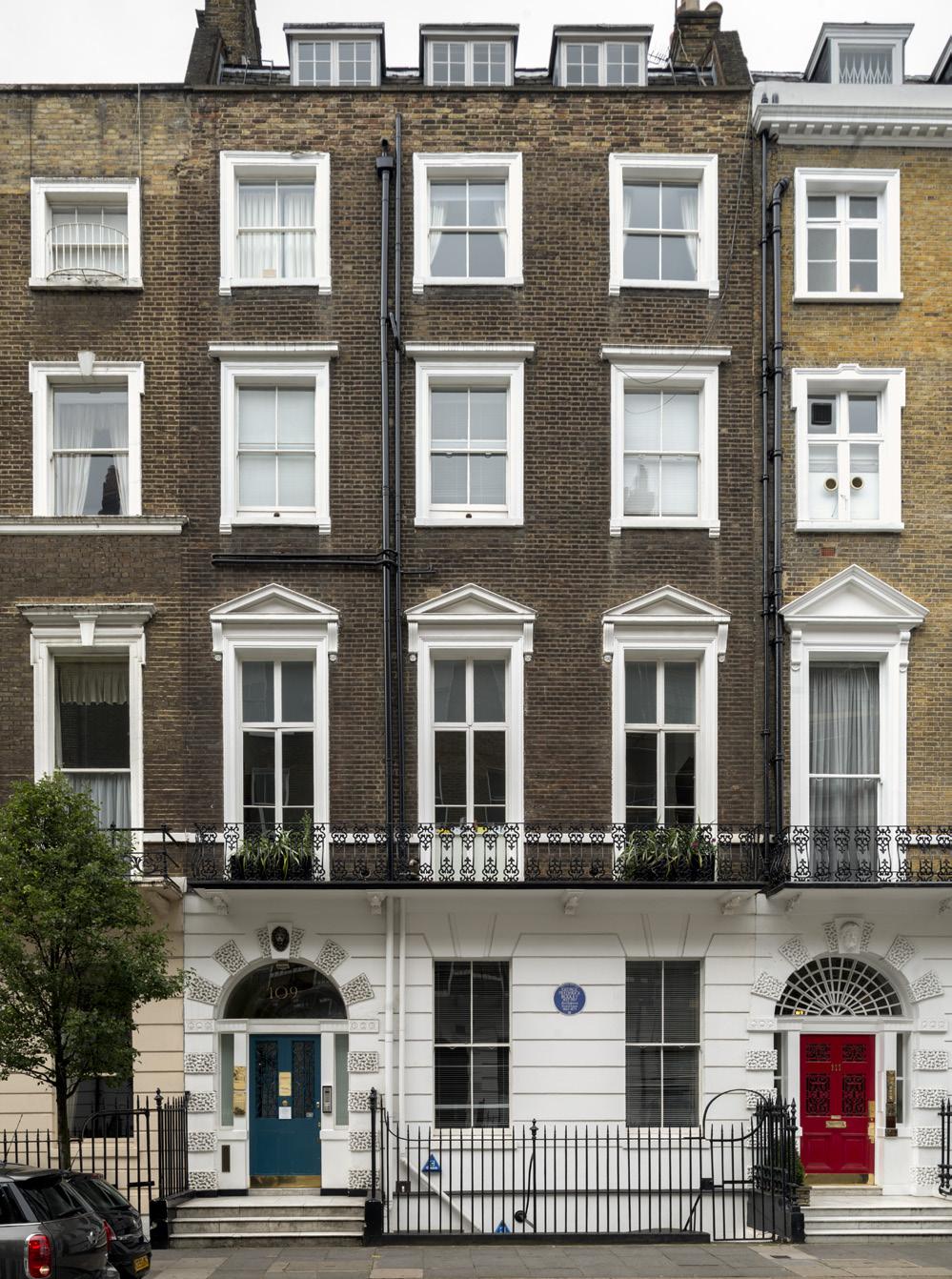
in the area for parts of the 20th century,” says Best. Then there are the sheer logistics of trying to accommodate 21st century medicine into 18th and 19th century buildings. It is one thing to create, from scratch, a purpose-built oncology clinic and lab. It is quite another to adapt a former townhouse-come-GP surgery into an oncology unit that attracts some of the world’s best practitioners. “We need to ensure the buildings we have remain relevant and focused on improving and streamlining the medical pathway for patients,” he continues. “Harley Street is a conservation area, and over 30% of the buildings are listed. It is costly and time consuming—but we have become pretty adept over the years at planning buildings into new, interesting, exciting uses, that are best for medical occupiers.”
Part of the magic of Harley Street is that its buildings are in a way a mirage; behind those pillar-clad Georgian facades is a wealth of research labs, stores, wards and medical apparatus of an intricacy and scale no one merely idling along towards Oxford Street could possibly fathom. “Most recently, we’ve converted two listed buildings and listed mews to create space for the first linear proton beam treatment unit, for Advanced Oncology therapy, with the support of Westminster City Council. That is a great thing to have been part of.” There is undeniably merit in having an area as beautiful as Harley Street, and Marylebone generally. “It gives us an edge,” says Best, but for him the real aim is to “continue to raise the bar in medical standards, and get the right balance of hospitals and clinicians. Oncology is well covered; cardiovascular is well covered; we have really
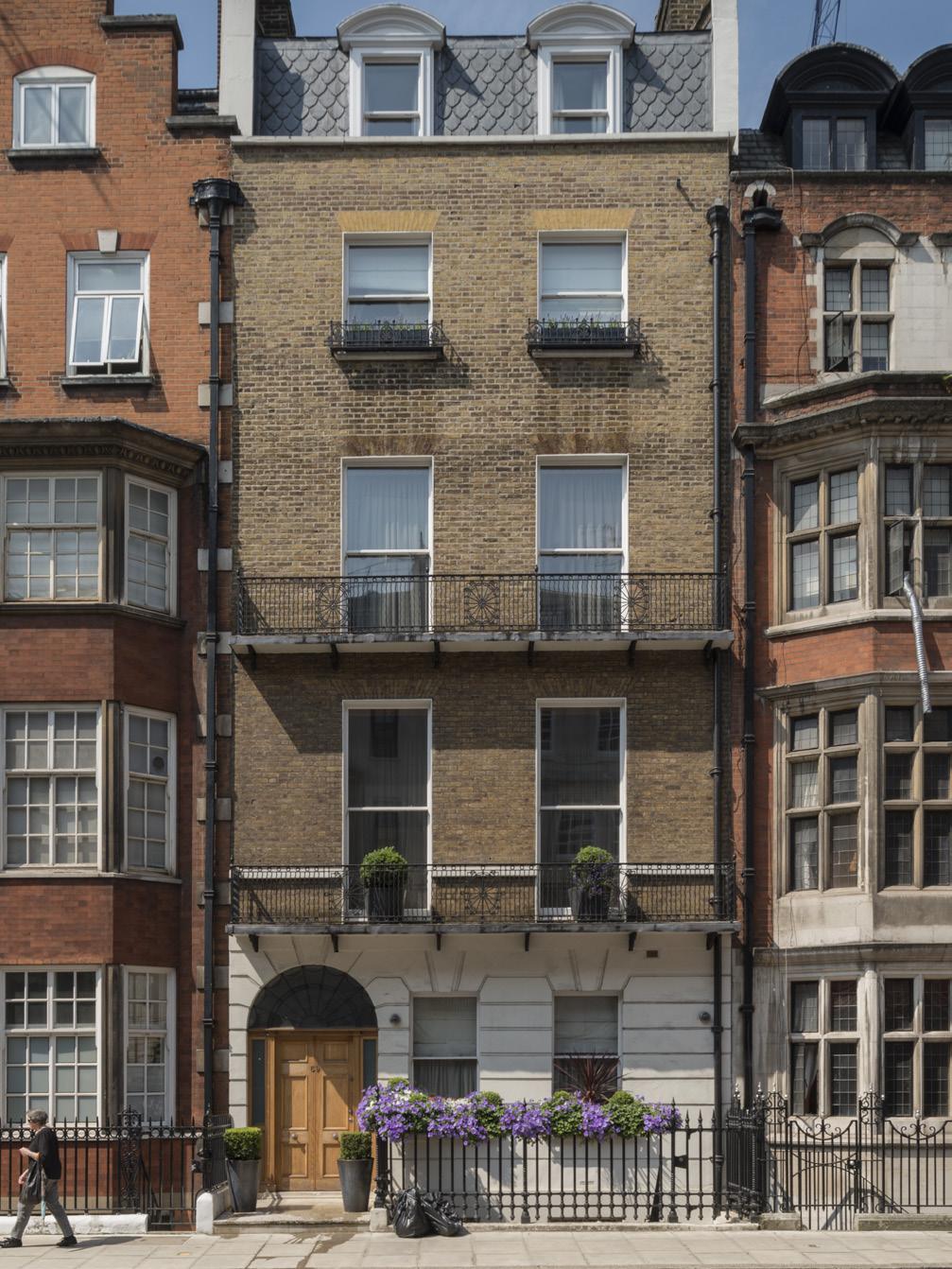
good diagnostic capabilities—and by bringing in international operators like Cleveland, it keeps the domestic ones on their toes.”
Of course, one of the HSMA’s key assets for practitioners looking to move there permanently is that it does not exist in a vacuum, but in a village—one of the real few villages left in central London. “Marylebone is a village in its truest sense,” says Best, “because it can sustain itself. You can, and many people do, work here, shop here, live here. There are 11 schools on the estate; good food and retail; and the medical is the jewel in the crown. It’s a community, within a large city environment,” he continues. “I think Marylebone as an entity plays an important role.”
There is a neat parallel between Marylebone as a complete entity, and Best and Dr Donley’s shared vision of what Harley Street is now and, more pertinently, should be going forward. “It is the entire gamut of all that is needed: nurses, consultants, allied health professionals and so on. “It’s creating a market that continues to attract the best people to practice the best medicine,” Dr Donley continues, “and for that nucleus to be there and to keep going, you need continual innovation.” Welcoming an institution like Cleveland Clinic to join what Best describes as the area’s “anchor tenants: The London Clinic, HCA, Royal Brompton, Schoen Clinic, King Edward VII’s Hospital and Phoenix” means bringing together “people with a similar passion and top talents, but with unique perspectives and diversity of thought,” says Dr Donley— “and that is how innovation flourishes.”
“I think what we can learn from London as well as help to develop is continued innovation around the model for healthcare—like our digital healthcare experience,” says Dr Donley, by way of example. “We have digital integrated patient medical records, which means that patients can access their records wherever they are, in real time; and the doctors can access them in real time. There’s complete transparency there, and transparency is critical to driving improvements in medical safety, efficiency and quality.”
Best’s plans for furthering the comprehensiveness of Harley Street’s offering include “complementary businesses: we’d love to have lab space for life sciences, and we’ve always wanted a rehabilitation or ‘step down’ facility, so that patients who have knee or hip replacements have an environment in which to recuperate.”
By creating this microcosm of complete, end-to-end healthcare within the beautiful environs of Harley Street, it is his hope—and that of Cleveland Clinic’s—that “we will do things that will inspire and push others, beyond Cleveland Clinic and Harley Street and around the country,” says Dr Donley. “That is good for society, for London, and for all 70 million people in the UK.”
Cleveland Clinic London clevelandcliniclondon.uk
The Harley Street Medical Area harleystreetmedicalarea.com

